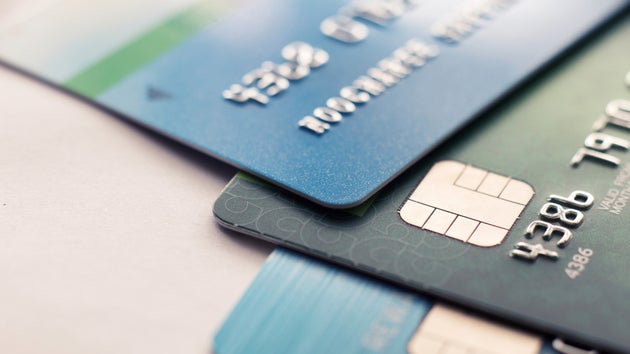Table of Contents
What is Disagio?
Disagio definition in finance
Disagio (Italian for discount) is a well-established term in the financial sector. The disagio refers to the deduction from the nominal value, which can be agreed, for example, with the granting of a loan or the issue of a bond or a foreign currency. In the case of a credit agreement, it implies for the borrower an increase in his liability. For the creditor, his yield is increased by the disagio that can be retained.
Disagio in the context of online payment systems
In online payment, disagio is refered to as the discount fee, which is specifically associated to the credit card payment method. It is virtually a processing fee, which the partner bank of the online dealer, also named acquirer, receives for processing the resulting credit card payments.
Calculation of the disagio fee
The formal basis for the calculation of disagio is the credit card acceptance agreement. This contract is concluded between the dealer and the acquirer. The merchant agrees to accept credit cards as a means of payment. Furthermore, this agreement regulates, for example, the merchant's obligation to check credit card data, the standards to be considered when handling these sensitive data, and the amount of the discount fee (disagio) paid by the acquirer to the merchant's bank for his services. The agreement also regulates whether the credit card sales are paid out by the acquirer daily, weekly or monthly to the merchant. This guideline is essential to allow the trader to manage his liquidity.
Percentage of disagio
The disagio is a variable fee, generally set between 0.6-5% of the customer turnover, as prescribed in the credit card acceptance agreement. The interchange fee, a part of the discount, is paid to the bank of the cardholder. Since December 2015, a new regulation by the European Parliament set the interchange fee for credit cards to a maximum of 0.3% of the transaction value in the European Union. In other countries, the interchange fee is much higher, for example, 2% on average in the United States and about 0.5% in Australia.
In addition, there is a transaction fee, a basic fee, as well as fees for chargebacks and cancellations. The size of those fees is dependent on many factors, such as the industry, the transaction volume, the size of the shopping cart, or the services used. Dealers should review their contracts every one to two years. Significant cost reductions can be made through small adjustments to the disagio or other charges.
Credit card payments process
The merchant forwards the credit card and sales data - usually via a payment service provider - to the acquirer. This calculates the turnover with the account holder of the cardholder. The payment amount, minus the agreed disagio, is then transferred to the merchant's account at the acquirer and is available to the dealer.
Credit card payments and fees for merchants
Qualitative cost analysis is important for every company. An overall view is often of paramount importance to the decision of the online retailer:
In the online business, the rule of thumb is that the order probability increases with the number of available payment methods. Invoice purchase and direct debit remain among the preferred payment methods for customers. However, these pose the greatest payment risks and are therefore the least popular for traders. Merchants have to balance the fulfillment of the customer's needs, combined with the opportunity to generate significant revenue growth and increase market share, as well as increased customer satisfaction and willingness to take risks, e.g. in the form of payment disruption. The resulting costs can reduce profit despite higher sales.
Cost comparison between credit card and alternative payment methods
The selection of suitable payment methods can be of decisive importance for company success. In addition to company-specific criteria, the analysis prepared by ibi Research at the University of Regensburg GmbH about German online trade "Total Costs of Payment Methods in E-Commerce - August 2016: Results of the Costs of Credit Cards According to the MIF Regulation" can provide a good decision-making aid for European businesses.

Source: eCommerce Leitfaden – Studies (German)
According to this study, the payment by credit card is one of the cheapest methods of payment in online commerce: Based on an average shopping cart of 100.60 €, the credit card was the cheapest option at 0.91€ for total costs with 2.94% of the basket. The second most favorable variant, SOFORT transfer costs are equal to 1.87% of the basket. The total cost of invoice purchases, on the other hand, amounted to 8.31% of the shopping basket and represented the most expensive variant.
Sources:
Ibi Research
Novalnet – Lexicon Disagio (German)
Reserve Bank of Australia – 2015-16 Review of Card Payments Regulation
Springer Gabler – Lexicon Disagio (German)
The New York Times – Credit and Debit cards
UnternehmerPortal – Online Payment (German)










